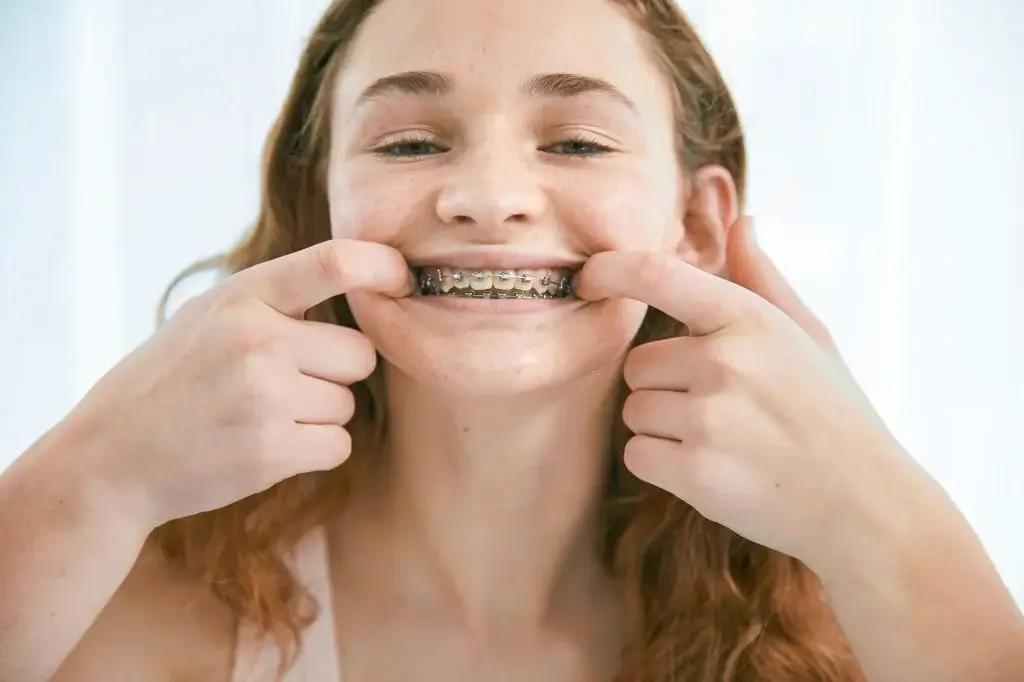As a parent, it can be worrying to see any changes in your child’s teeth. One common issue that parents may notice is the appearance of white spots on their toddler’s teeth. These spots, also known as dental fluorosis, can be caused by a variety of factors, including excessive consumption of fluoride during tooth development and inadequate oral hygiene.
While dental fluorosis is not a serious health concern, it can impact the appearance of your child’s teeth and cause them to feel self-conscious about their smile. If you’re wondering how to get rid of white spots on toddler teeth, read on for some tips and solutions.
What Causes White Spots on Toddler Teeth?
White spots on toddler teeth are typically caused by a condition called dental fluorosis. Fluorosis occurs when a child consumes too much fluoride while their teeth are still developing. This can happen if a child drinks water that has high levels of fluoride or if they use toothpaste or mouthwash that contains fluoride.
In addition to consuming too much fluoride, inadequate oral hygiene can also lead to the development of white spots on toddler teeth. Plaque, a sticky film of bacteria that forms on teeth, can lead to the development of white spots if it is not removed through regular brushing and flossing.
Preventing White Spots on Toddler Teeth
To prevent white spots on toddler teeth, it’s important to:
- Use a fluoride-free toothpaste for young children: While fluoride is important for strengthening teeth and preventing tooth decay, it’s important to use a toothpaste that is appropriate for young children. Children’s toothpaste that is specifically formulated for children under the age of 2 typically does not contain fluoride.
- Supervise toothbrushing: It’s important to supervise your child while they brush their teeth to ensure that they are using the right amount of toothpaste and that they are not swallowing it.
- Limit fluoride intake: In addition to using a fluoride-free toothpaste, it’s important to also limit your child’s intake of fluoride from other sources, such as tap water and fluoride supplements.
- Practice good oral hygiene: To prevent the development of white spots, it’s important to practice good oral hygiene by brushing and flossing regularly and visiting the dentist for regular check-ups and cleanings.
Treatment Options for White Spots on Toddler Teeth
If your child does develop white spots on their teeth, there are several treatment options available. Some options include:
- Tooth bonding: Tooth bonding is a process in which a tooth-colored resin is applied to the affected tooth and then hardened with a special light. The resin is shaped and polished to match the surrounding teeth, effectively covering the white spots.
- Dental veneers: Dental veneers are thin, custom-made shells that are attached to the front of the affected teeth. Veneers can be made to match the color and shape of your child’s surrounding teeth, effectively hiding the white spots.
- Tooth whitening: Tooth whitening can be an effective treatment for white spots on toddler teeth in some cases. This procedure involves using a bleaching agent to lighten the affected teeth, effectively reducing the appearance of the white spots. However, it’s important to note that tooth whitening may not be suitable for all children and should only be done under the supervision of a dental professional.
- Microabrasion: Microabrasion is a procedure in which a dental professional uses a special tool to gently remove a small layer of the affected tooth. This can be an effective treatment for white spots on toddler teeth, as it removes the outer layer of the tooth that is affected by the fluorosis.
- Orthodontic treatment: In some cases, white spots on toddler teeth may be caused by misaligned teeth. In these cases, orthodontic treatment, such as braces or clear aligners, may be necessary to correct the alignment of the teeth and improve the overall appearance of the smile.
Conclusion
White spots on toddler teeth can be a cause for concern for parents, but with the right preventative measures and treatment options, it’s possible to improve the appearance of your child’s teeth and restore their confidence in their smile. Be sure to use a fluoride-free toothpaste for young children, supervise toothbrushing, limit fluoride intake, and practice good oral hygiene to prevent the development of white spots. If your child does develop white spots, talk to a dental professional about the treatment options available to help improve the appearance of their teeth.
